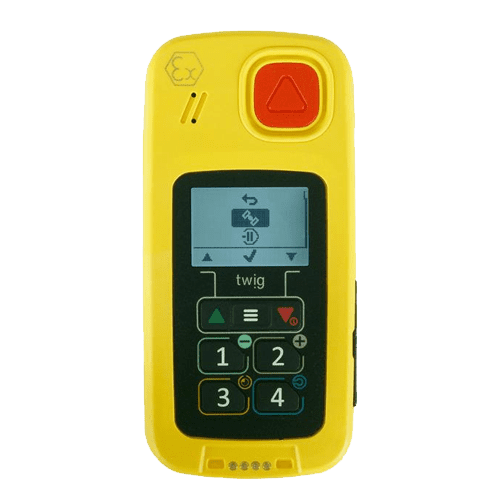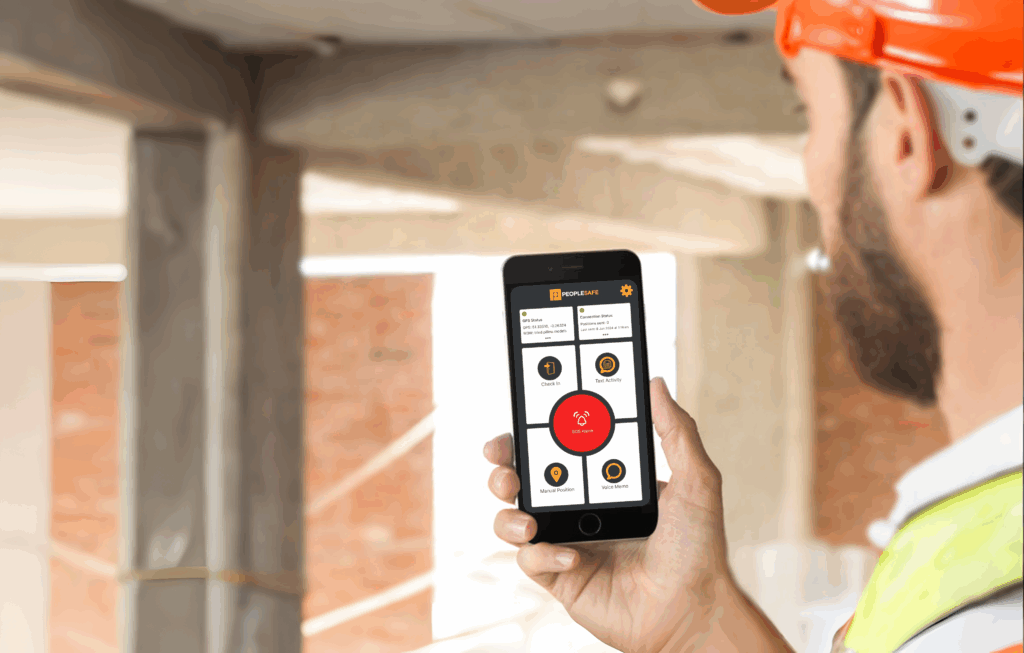Safety When Working In Low Oxygen Environments
The air we breathe is made up of multiple gases, however, for a human to function normally the air must contain enough oxygen. Under normal atmospheric pressure conditions, we normally inhale air that contains 20.9% oxygen; if this falls even by 1 or 2% then functionality it starts to become more laborious and the environment turns hypoxic meaning that oxygen levels are low and could be harmful.
Archives and libraries that contain valuable artefacts will reduce oxygen levels to preserve valuables and lower the risk of combustion. Systems such as these require the room to be sealed and air tight meaning that these areas are categorised as confined spaces and subject to the Confined Spaces Regulations 1997.
Environments such as these are specially engineered to maintain low oxygen levels, however, workers in many other industries also face working in limited oxygen areas and not always to their knowledge. Workers employed in industries such as construction and engineering may work with substances that can alter oxygen levels. Chemicals like nitrogen, methane and carbon monoxide are often found in the petrochemical and refining industries which can lead to oxygen depletion if not properly monitored. Meanwhile, forms of oxidation, like rust, will consume oxygen which can also be harmful.

Many workers are required to work in hypoxic environments or confined spaces which can pose a threat to their health if not properly managed. Some people may be more vulnerable, for example, a drop in oxygen levels can have a greater effect on those who have existing medical conditions than someone who is considered fit and healthy.
Unfortunately, there have been cases where workers have died due to asphyxiation; one such case occurred on October 21st 2016, where a construction worker went down a drainage shaft and lost consciousness as a result of the low oxygen levels, subsequently, he fell 40 feet and drowned in water at the bottom of the shaft. Due to instances and factors such as these, it is important a thorough risk assessment is carried out and that adequate safety procedures are put in place to mitigate risk.
Lone workers need to be especially careful when working in these environments as they do not have the immediate support of a colleague if they feel unwell. It should be properly assessed beforehand whether lone working in such environments is appropriate. In light of this, here are a few things to remember when working in hypoxic environments:
- Personal Protective Equipment (PPE): Ensure you have the correct PPE for the environment you are working in. If ventilation is not an option then make sure that appropriate breathing apparatus is readily available.
- Let someone know where you are: Before entering a low oxygen environment, make certain that another member of staff is aware. Getting assistance in case of emergency will be a quicker process if someone knows of your whereabouts.
- Know the symptoms of oxygen deprivation: Knowing the signs that your body may be suffering due to lack of oxygen may mean the difference between life and death. Shortness of breath, feeling of choking and wheezing are the early signs of oxygen deprivation. Headaches, lack of coordination and confusion are more serious signs that your body is not getting enough oxygen before experiencing dizziness and loss of consciousness.
- Emergency Procedures: Following the risk assessment, suitable emergency procedures should be put in place. Double-check what these procedures are and commit them to memory so that if an incident does occur then you will know exactly what to do.
- Carry your personal safety device: If you are lone working it may be difficult to alert someone should an accident occurs. Having a personal safety device can be a lifesaving tool, enabling you to summon help at the push of a button. If you’re using a Peoplesafe lone worker device, you can include details of your occupation in your online profile and this will instantly be transmitted to our 24/7 Alarm Receiving Centre upon alarm activation. Here, our highly trained Controllers will use this information to obtain emergency assistance and inform your designated contacts of the situation.





